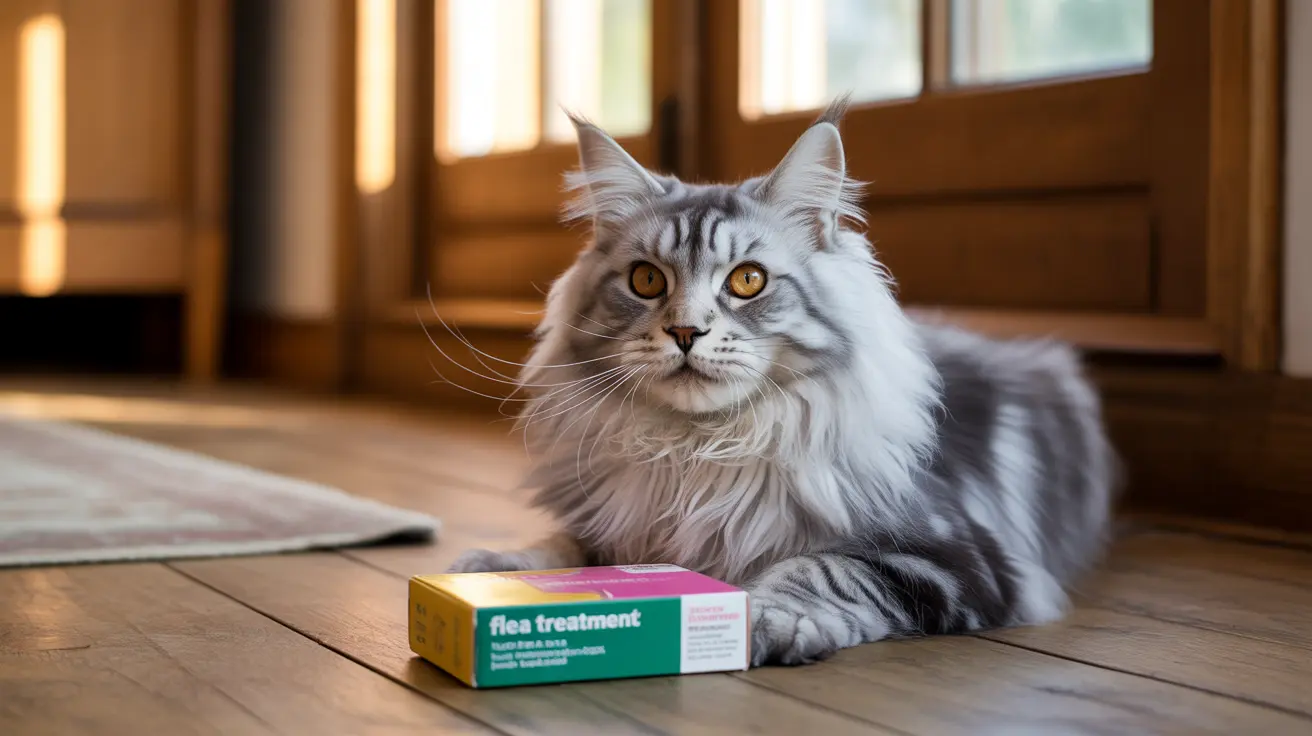Alternative Options to the Traditional Dog Cone
When pets undergo surgery or suffer from skin irritations and injuries, it’s crucial to prevent them from licking, biting, or scratching the affected areas. Traditionally, this has been accomplished through the use of an Elizabethan collar—also known as a dog cone or e-collar. However, discomfort and restricted movement often make this recovery tool unpopular among pets and owners alike.
Why Look for Alternatives?
While effective, traditional plastic cones pose multiple challenges:
- Limited mobility: Pets may struggle to move, sleep, or eat.
- Blocked vision: Cones obstruct a pet’s natural field of view.
- Discomfort: Rigid plastic causes skin irritation or anxiety.
- Residential damage: Pets may bump into walls or furniture, potentially causing stress or injury.
Given these considerations, many pet owners seek more comfortable and functional alternatives. Below are several effective substitutes for the traditional dog cone.
1. Inflatable and Donut Collars
Inflatable collars are soft, U-shaped devices resembling travel pillows. They reduce neck mobility to discourage turning the head toward the wound.
- Comfortable and lightweight
- Allow natural vision and easier feeding
- Better for eye or upper body surgery
- Vulnerable to puncturing and not ideal for determined pets
2. Soft Cones
Soft cones are crafted from flexible fabrics like nylon or foam, offering a more comfortable experience than rigid plastic cones.
- Less intimidating and more adjustable
- Won’t damage interiors or furniture
- Can reduce anxiety in sensitive pets
- May limit vision if not transparent
- Not recommended after eye surgery due to flexibility
3. Surgical Recovery Suits
These are tight-fitting bodysuits that shield a pet's body from licking or scratching.
- Ideal for wounds on the torso, abdomen, or back
- Allow pets to move naturally and remain active
- Prevent interference from other pets
- May lack openings for urination in male dogs
- Not suitable for facial or leg injuries
4. Recovery Sleeves
Specially designed to cover only the affected limbs, recovery sleeves work well for leg or paw wounds.
- Waterproof and breathable options prevent infections
- No interference with eating, drinking, or vision
- Comfortable and easy to keep clean
- May cause sweating; must be the right fit
5. Smaller or Custom-Fitted Plastic Cones
For small dogs or pets with unique physical needs, veterinarians may offer custom-sized cones.
- Provides same protection with less intrusion
- Improved visibility for pets
- Less cumbersome for small breed dogs
- May still be uncomfortable for sensitive pets
Additional Alternatives
Rigid-enhanced e-collars, inflatable collars, and specialized fabric cones offer additional solutions depending on your pet’s condition:
- Comfy Cone: Durable and ideal for large breeds, but can be heavy
- Suitical Recovery Suit: Restores a sense of normalcy, though not ideal for leg wounds or outdoor walks
- Protective Inflatable Collars: Lightweight and less visually obstructive, but prone to punctures
What Not to Use: DIY Cones
Although they may seem budget-friendly, homemade recovery collars often lack durability and fail to provide adequate protection.
- Risk of ineffective fit and unsafe materials
- Insufficient protection against licking or chewing
- May cause injuries or delays in recovery
How to Choose the Right Substitute
Selecting a recovery aid should involve consideration of the following factors:
- Wound location: Certain alternatives are better suited to specific body parts
- Pet size and breed: Not all options are universally effective
- Temperament: Some pets tolerate restriction better than others
- Supervision: Some products require regular monitoring
- Veterinary recommendation: Always consult before choosing an alternative
Conclusion
There are many viable, comfortable, and effective alternatives to the traditional dog cone. Whether it’s an inflatable collar, a soft cone, a recovery suit, or limb sleeves, the best choice depends on your pet’s specific needs. Remember, safety and comfort during recovery are essential—consult your vet to ensure you provide the best care possible.





